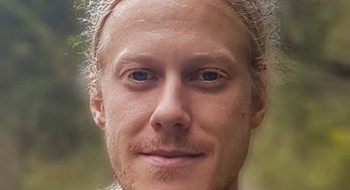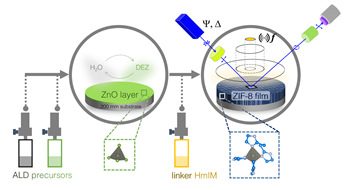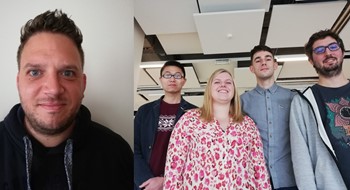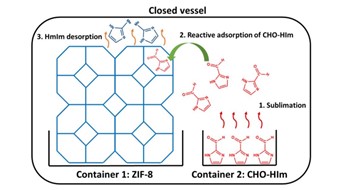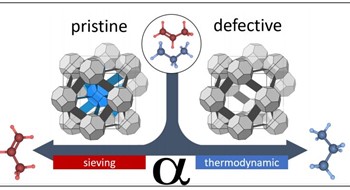MAF-6 CVD @Chem Mater!
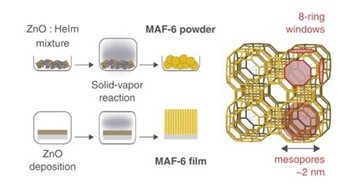
We further prove the robustness of the MOF-CVD process by demonstrating this time for MAF-6, a large pore MOF. The CVD process is based on the reaction of ZnO with 2-ethylimidazole vapor at temperatures ≤ 100 °C. A combination of PALS and Kr physisorption measurements confirmed the porosity of these MOF-CVD films and the size of the MAF-6 supercages (diam. ~2 nm), in close agreement with powder data and calculations.
